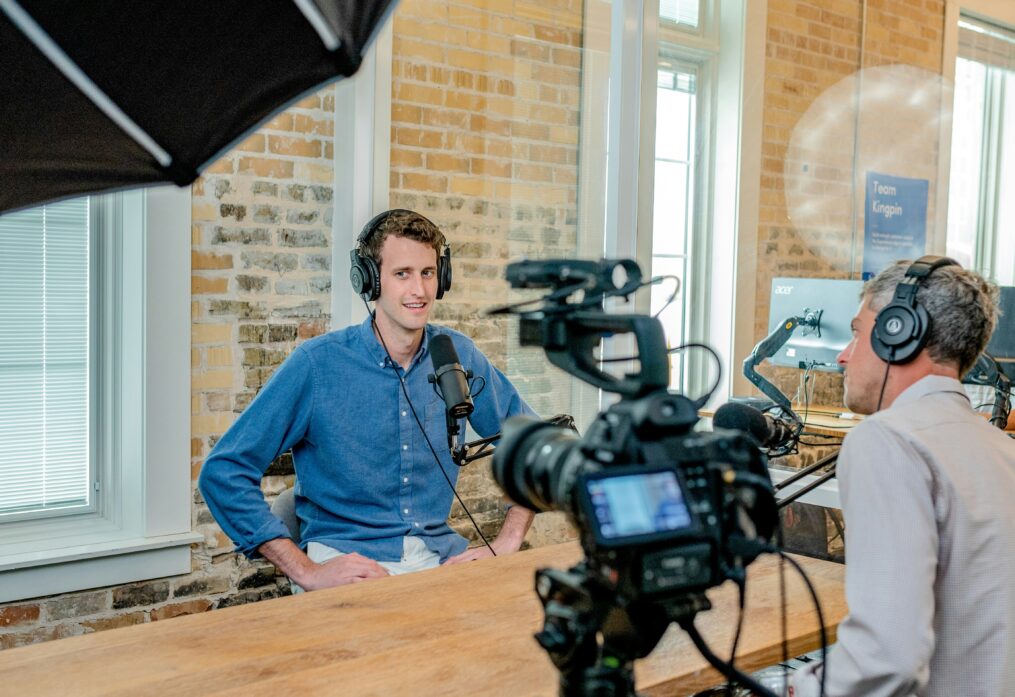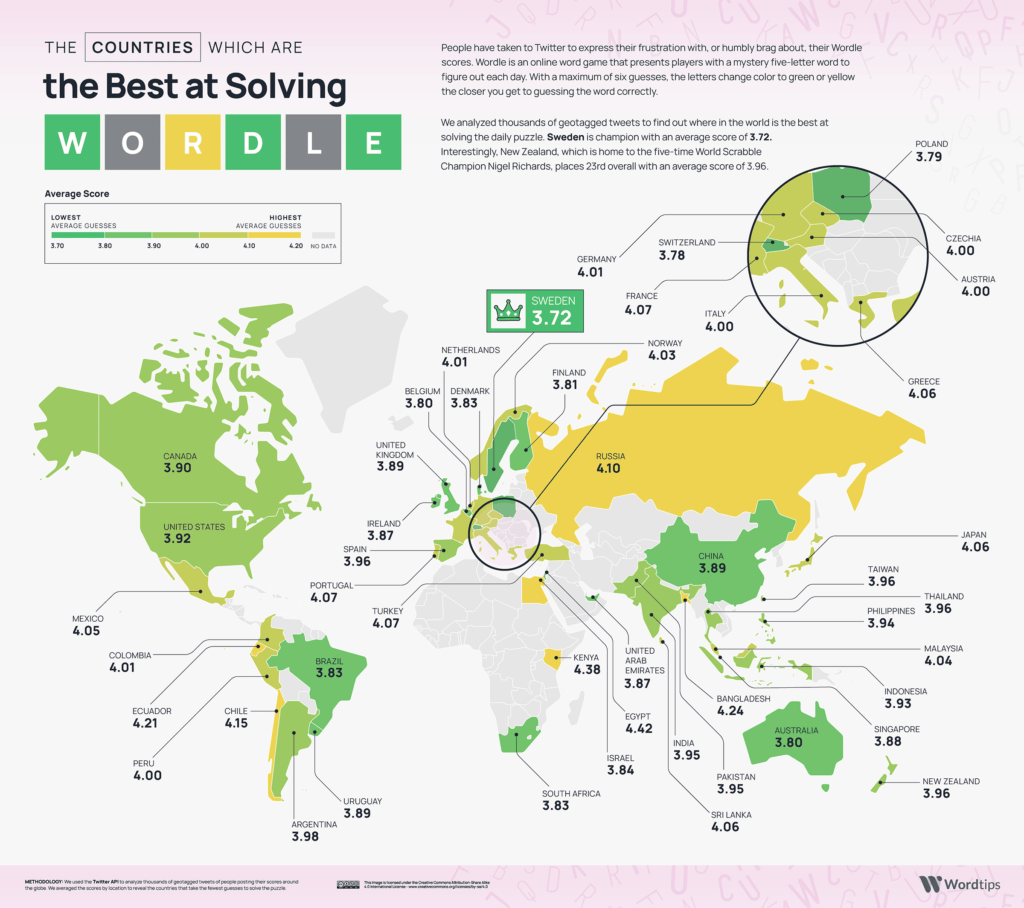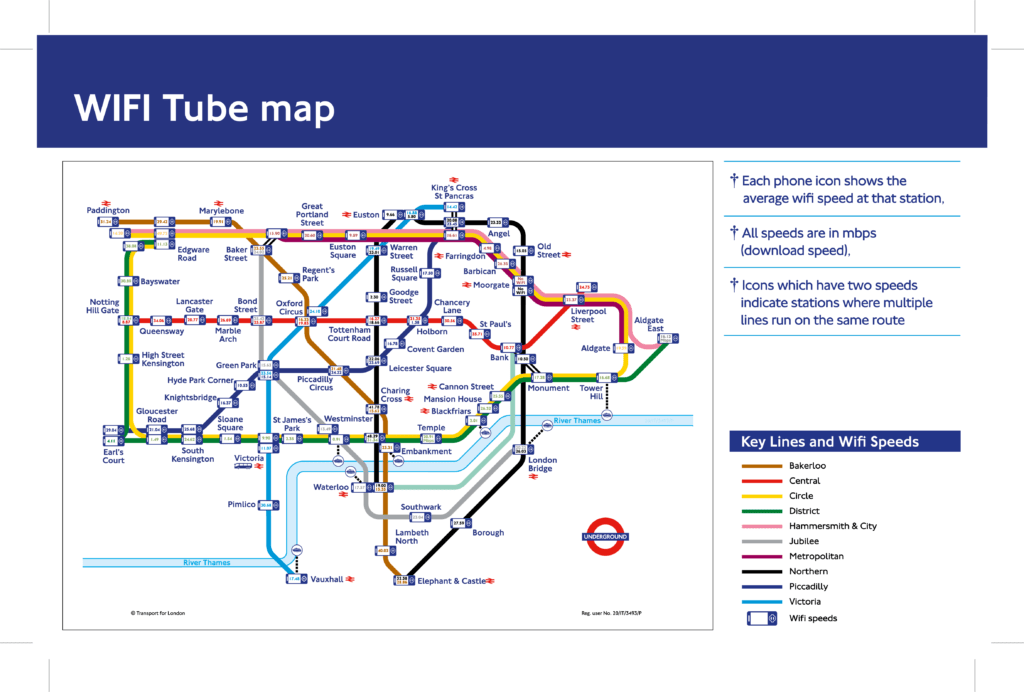
Information travels at lightning speed and brand perception can be shaped in an instant, so a strong digital PR strategy is no longer optional – it’s essential. It’s the key to building brand awareness, establishing credibility, and fostering meaningful relationships with your target audience.
This comprehensive guide equips you with the knowledge and tools to navigate the exciting world of digital PR. Whether you’re a seasoned marketer or just starting your digital journey, this guide will show you how to harness the power of online platforms. It will also help you create compelling content, and develop strategic relationships to achieve your communication goals and propel your brand forward.
First Things First, What Is Digital PR?
Traditional PR focuses on building relationships with journalists and editors in print, broadcast, and other offline media outlets to secure positive coverage for your brand.
Digital PR, on the other hand, utilises online channels like websites, social media, influencer marketing, and content creation to achieve the same goal: building brand awareness and improving public perception.
Here’s how digital PR offers several advantages:
- Wider reach: The internet allows you to bypass geographical limitations and reach a global audience.
- Targeted audience: Digital tools and platforms enable precise targeting to specific demographics and interests, ensuring your message reaches the most relevant people.
- Measurability: Through website analytics, social media insights, and other online tracking tools, you can precisely measure the impact of your digital PR campaigns and adjust strategies as needed.
- Cost-effectiveness: Digital PR offers a wider range of tactics that are often more affordable than traditional media placements.
One of my absolute favourite PR campaigns is by Wordtips. Wordtips is a handy tool that generates all playable words based on your letters, giving you a strategic edge in Scrabble, Words with Friends and any other word game. You can use it to boost your vocabulary, improve your gameplay, and leave your opponents speechless!
Remember the global phenomenon that was Wordle in 2022? Brands everywhere jumped on the bandwagon, and WordTips took a clever approach to capitalise on the craze. Their “Wordle Wizards” map, analysing Twitter data, revealed the world’s most skilled Wordle solvers across cities, countries, and even US states.
This ingenious tactic generated a buzz – after all, who wouldn’t want to know if their city reigned supreme in the daily word battle? It tapped into our natural curiosity and competitive spirit, driving huge amounts of traffic to WordTips. The map’s success highlights the power of leveraging trending topics and catering to our natural desire for a little friendly competition.

Image Source: Wordtips
How to Set Digital PR Goals and Understand Your Audience
Setting clear goals is the foundation of any successful digital PR campaign. Without a defined target, it’s like shooting arrows in the dark – you might hit something, but it’s unlikely to be what you aimed for (eek!). Your goals could be:
- Brand awareness: Increase brand recognition and establish yourself as a thought leader in your industry.
- Website traffic: Drive more visitors to your website, potentially leading to increased leads or sales.
- Lead generation: Attract potential customers and capture their contact information for further marketing efforts.
- Sales: Directly influence sales by promoting special offers or product launches.
Once you’ve identified your goals, you need to understand your target audience. This involves creating a detailed profile of the ideal customer you want to reach. Knowing their demographics (age, location, income), interests, online behaviour, and pain points is crucial.
Here’s what understanding your audience can help you with:
- Crafting relevant messaging: Tailor your content and communication style to relate to your audience’s needs and preferences. For example, young adults might respond better to informal and humorous content on social media, while business professionals might prefer in-depth reports and white papers.
- Choosing the right channels: Identify the online platforms where your target audience spends their time. This could be social media platforms like Facebook, LinkedIn, or industry-specific forums. By focusing on the right channels, you ensure your message reaches the most receptive audience.

Step One: Building a Strong Online Presence
In the digital age, having a website is mandatory. It’s the central hub where potential customers can learn about your brand, explore your offerings, and (hopefully) convert into leads or sales. Here’s why having a user-friendly and informative website is critical:
- First impression matters: Your website is often the first point of contact for potential customers. A user-friendly website with clear navigation, fast loading times, and high-quality content creates a positive first impression and keeps visitors engaged.
- Credibility and trust: A professional and informative website portrays your brand as credible and trustworthy. This is essential for building trust with potential customers and encouraging them to do business with you.
- Lead generation and sales: Your website can be a powerful tool for lead generation and sales. You can convert website visitors into leads and paying customers by incorporating clear calls to action, strategically placed contact forms, and informative content that addresses customer needs.
Social media presence and content marketing work hand-in-hand to communicate your brand message and build brand awareness.
- Social media: Social media platforms like Facebook, Twitter, LinkedIn, and Instagram provide valuable avenues to connect with your target audience, share your content, and build brand communities. By consistently posting engaging content, interacting with followers, and participating in relevant conversations, you can significantly increase brand awareness and build stronger customer relationships.
- Content marketing: Creating high-quality, informative content that resonates with your target audience is essential for attracting and engaging website visitors. This content can take various forms, such as blog posts, infographics, videos, white papers, and e-books. By consistently providing valuable content, you establish yourself as a thought leader in your industry, increase website traffic, and drive sales.
Your website is the foundation of your digital presence, while social media and content marketing are powerful tools to drive traffic, build brand awareness, and foster meaningful connections with your target audience. So let’s get into content marketing a bit more.
Step Two: Create Newsworthy Stories
High-quality, newsworthy content attracts media attention, engages your audience, and positions you as a thought leader in your industry.
Journalists and online publications are constantly searching for compelling stories to share with their audience. By creating newsworthy content that addresses current trends, industry insights, or unique perspectives, you increase your chances of securing valuable media placements that can boost brand awareness and credibility.
Newsworthy content naturally grabs attention and sparks interest. It positions your brand as a source of valuable information and keeps your audience engaged and coming back for more.
Let’s explore some content formats that can help you achieve your digital PR goals:
- Press releases: These announcements can highlight something newsworthy such as significant company developments, product launches, or industry-related research findings.
- Social media posts: Social media platforms are perfect for sharing bite-sized, newsworthy content like industry updates, expert opinions, or engaging infographics.
- Infographics: Data visualisations like infographics can present complex information in a visually appealing and easily digestible way, making them highly shareable and newsworthy.
- Data-driven research: Conducting original research and publishing insightful reports on industry trends or customer behaviour can establish your brand as a thought leader and generate significant media interest.
- Creative campaigns: Developing interactive campaigns, contests, or social media challenges can be a fun and newsworthy way to engage your audience and generate buzz around your brand.
Here’s an example of a creative campaign that caught the eye of many a Londoner:
Ever get frustrated by unreliable Wi-Fi on the London Underground? You’re not alone. A recent report comparing internet speeds on the Tube sparked a conversation among Londoners. But what if we told you millions of homes in the UK actually have slower broadband than what you get on the Tube?
This surprising fact, highlighted by USwitch, a broadband comparison service, grabbed attention and landed coverage in publications like The Metro. The campaign cleverly leveraged Londoners’ shared experience with the Tube’s inconsistent WiFi to highlight a potentially bigger issue – slow home internet. By sparking curiosity on social media and prompting users to “check their options,” USwitch successfully drove traffic to their broadband comparison tools.

Image source: Londonist
As you can see, by using a diverse mix of newsworthy content formats, you can cater to different audience preferences, increase content reach, and ultimately achieve your digital PR goals.
Step Three: Build Relationships with Influencers and Journalists
Identifying and building relationships with journalists and influencers in your niche is crucial for communicating your brand message and reaching a wider audience. Said individuals act as trusted sources for your target audience, and their positive endorsement can significantly boost brand awareness and credibility.
Securing media placements in relevant publications can generate valuable exposure and establish you as an industry expert. Journalists are constantly seeking newsworthy stories and expert opinions, so building relationships with them allows you to proactively share your insights and potentially land coveted media coverage.
Influencers have built a loyal following within your niche and can significantly impact brand perception with their recommendations. Partnering with relevant influencers allows you to tap into their audience and gain valuable brand advocacy.
@sopheallen GYMSHARK HAUL! For Black Friday showing you a few of my recent fav pieces, the fit & sizing. You can get up to 60% off selected styles @ Gymshark Black Friday sale! My affiliate link is in my bio. If you shop using it, it really supports me! Tysm – lmk if you have any questions xx #gymshark #gymsharkhaul #gymsharktryon @Gymshark ♬ original sound – Soph
Here are some tips for crafting compelling pitches and building trust with media contacts:
- Do your research: Before reaching out, thoroughly research the journalist or influencer and understand their area of expertise and target audience. Tailor your pitch to their specific interests and content style.
- Focus on value: Don’t just bombard them with promotional messages. Highlight how your story or expertise can benefit their audience. Offer exclusive content, insightful data, or access to industry thought leaders.
- Keep it concise and compelling: Journalists and influencers receive countless pitches daily. Keep your pitch email short and to the point, and highlight the newsworthy aspect of your story.
- Build relationships, not transactions: Focus on building genuine connections with journalists and influencers. Engage with their content, share their work, and offer support before expecting anything in return. Trust is key to a long-term and mutually beneficial relationship.
- Be responsive and reliable: If a journalist or influencer expresses interest, respond promptly and follow through with your commitments. Meet deadlines and be a reliable source of information to maintain trust.
Step Four: Boost Your Reach with Social Media and Online Communities
While your website serves as your main point of contact, the conversation doesn’t end there. To truly maximise your digital PR efforts, you need to leverage the power of social media platforms and online communities.
Promote Your Content
- Strategic posting: Share your newsworthy content across relevant social media platforms. Optimise your posts for each platform, using relevant hashtags and visuals to grab attention.
- Paid promotion: Consider utilising paid advertising options offered by social media platforms. This allows you to target your content precisely to your ideal audience and significantly increase its reach.
Engage with Your Audience
- Respond to comments: Actively respond to comments and messages on your social media posts. This fosters two-way communication, builds relationships with your audience, and demonstrates that you value their feedback.
- Host Q&A sessions: Organise live Q&A sessions or Twitter chats with industry experts or key figures in your company. This allows you to provide valuable information, address audience questions directly, and boost engagement.
- Run social media contests: Organise contests or giveaways with attractive prizes to encourage audience participation and brand awareness.
Build Brand Advocacy
- Encourage user-generated content: Run campaigns that encourage your audience to create and share content related to your brand. This leverages the power of social proof and creates a sense of community.
- Recognise brand champions: Identify and acknowledge your most loyal followers who consistently share your content or advocate for your brand recognizing them yearly with gifts such as certificates, trophies or custom wood plaque awards. This incentivises further engagement and fosters a sense of belonging.
- Partner with micro-influencers: Collaborate with smaller social media influencers who hold a strong reputation within your niche. Their genuine recommendations can be highly effective in building trust.
- Engage in current issues: If something is going on in the world or with your target audience, acknowledge it, give your stand on the matter and show your authenticity – just as Tesco did here (see below). During lockdown, Tesco encouraged their customers to go to pubs instead of buying alcohol from their stores.
Online communities and forums offer valuable spaces for industry discussions and thought leadership:
- Industry participation: Actively participate in relevant online communities and forums related to your industry. Share your expertise, answer questions, and engage in discussions to establish yourself as a thought leader.
- Host AMAs: Consider conducting “Ask Me Anything” (AMA) sessions within online communities. This allows you to directly address industry-specific questions and showcase your knowledge to a targeted audience.
- Monitor industry trends: Stay updated on industry trends and discussions within online communities. This allows you to identify emerging topics and craft newsworthy content that resonates with your audience.
Metrics and Measurement: Tracking Your Digital PR Success
The beauty of digital PR lies in its measurability. Unlike traditional PR tactics, you can precisely track the impact of your campaigns and adjust your strategies for optimal results. Here’s how to effectively measure the success of your digital PR efforts:
Tracking and measurement technique and metrics:
- Website analytics: Tools like GA4 (the new Google Analytics) are essential for monitoring website traffic. You can track key metrics like website visits, referral sources (identifying traffic coming from media placements or social media posts), engaged sessions (this metric replaced bounce rate), and time spent on the site. These metrics provide valuable insights into audience behaviour and content effectiveness.
- Social media analytics: Embedded analytics tools offered by social media platforms allow you to track vital metrics like follower growth, engagement rates (likes, comments, shares), reach of your posts, and click-through rates. This data helps you understand what content resonates with your audience and identify the most effective platforms for your brand.
- Brand monitoring tools:



